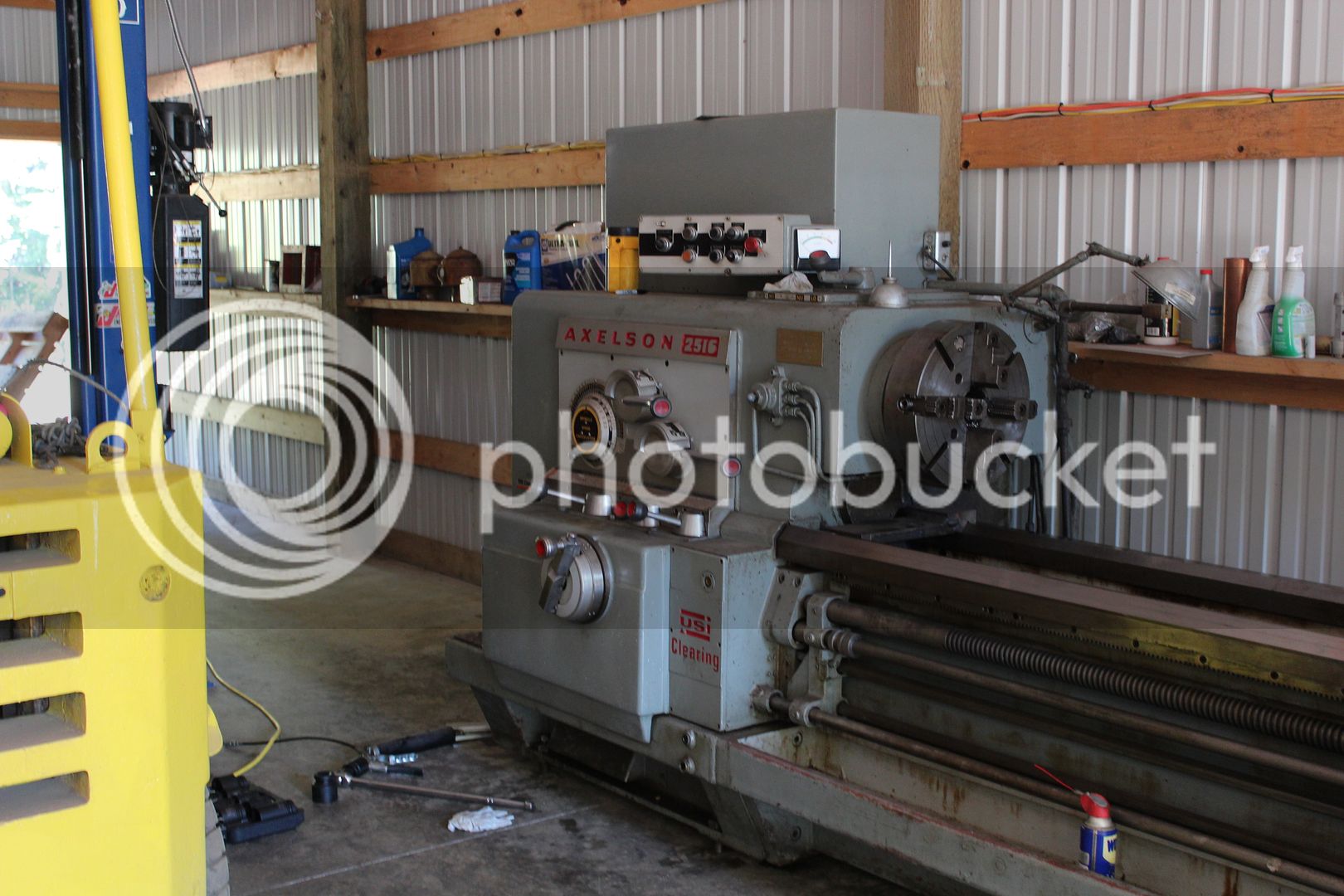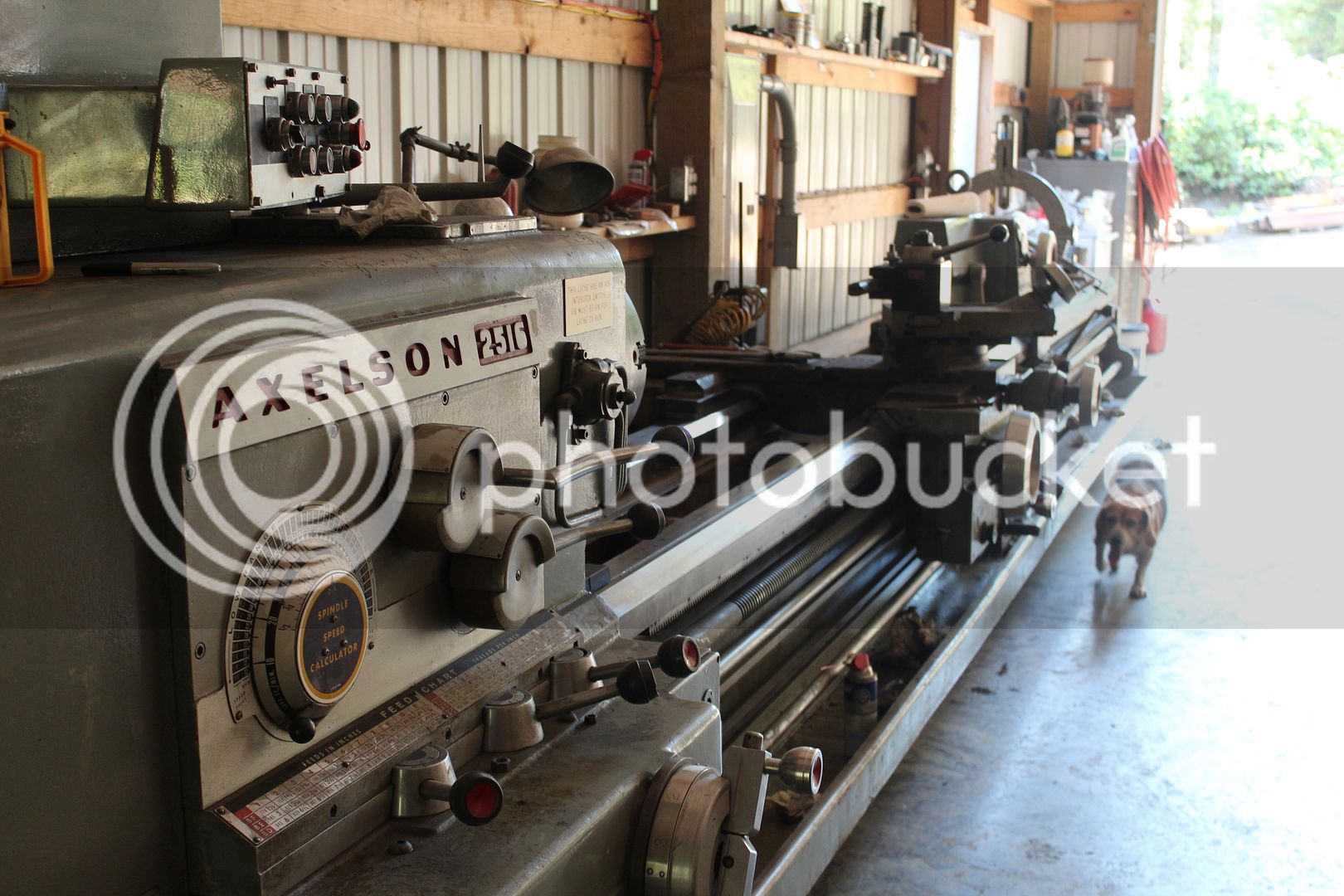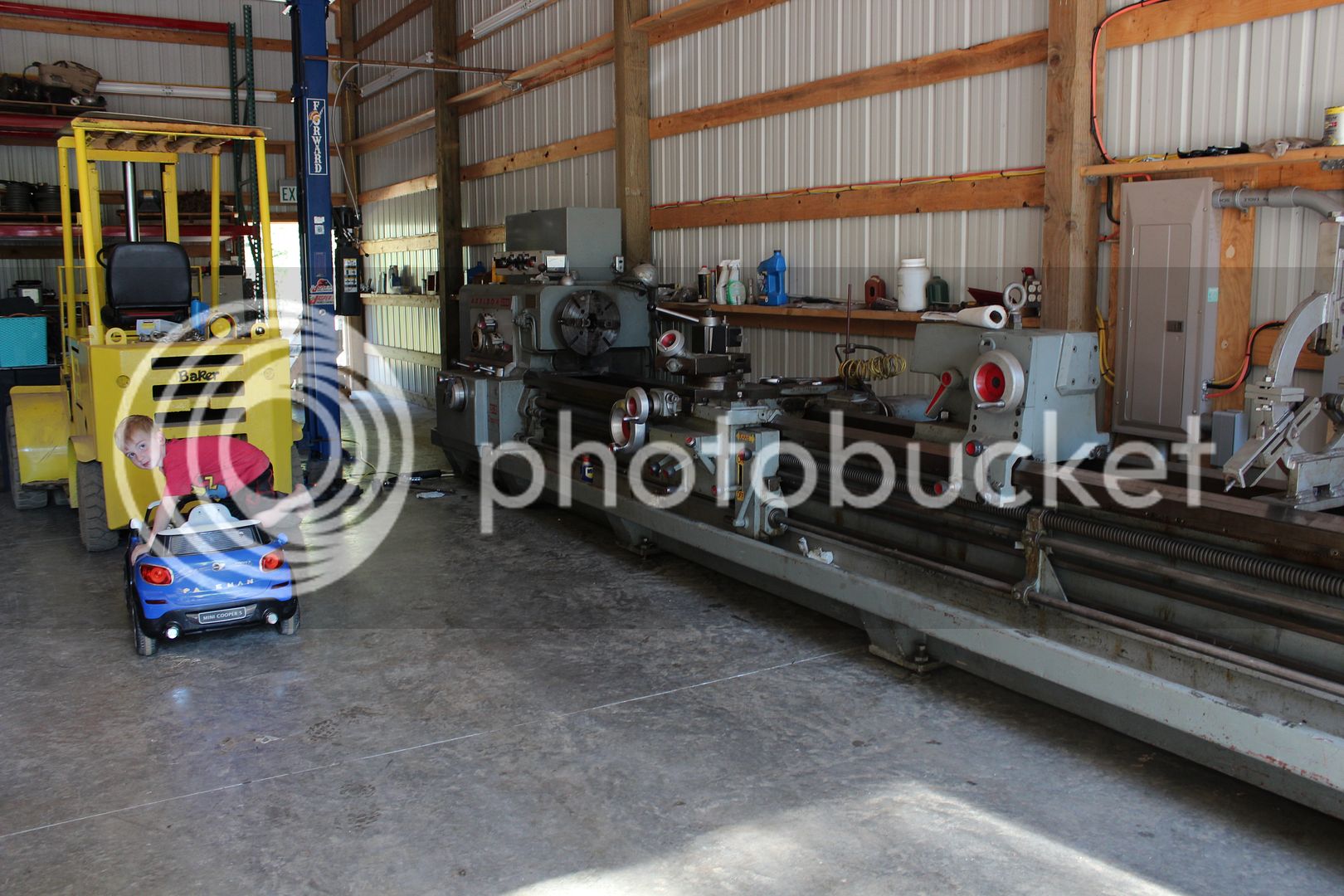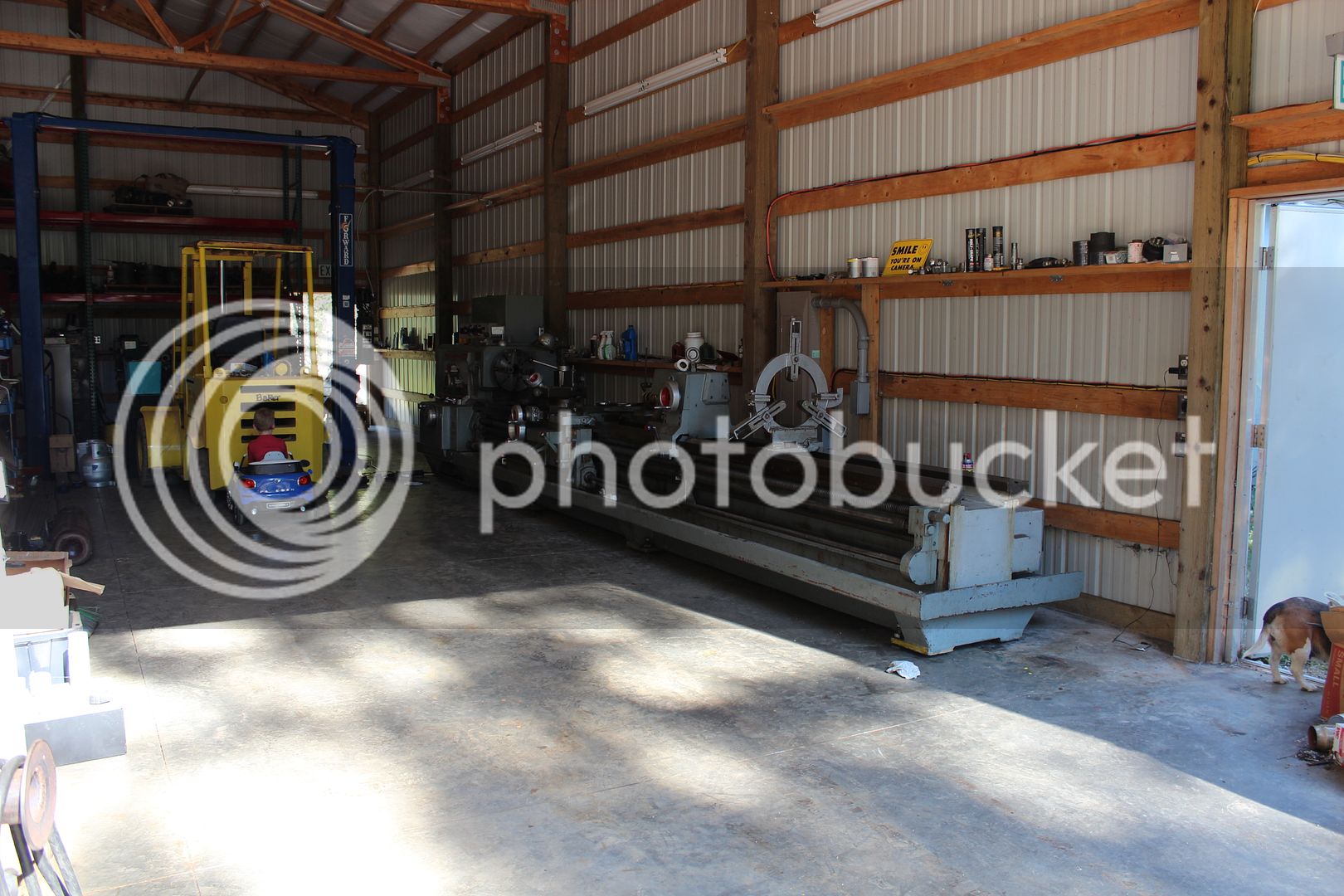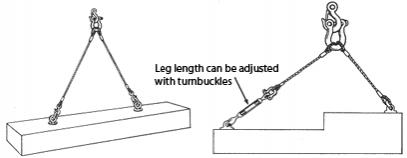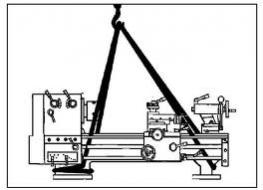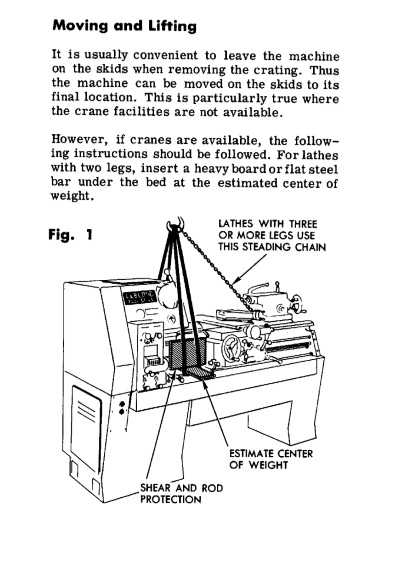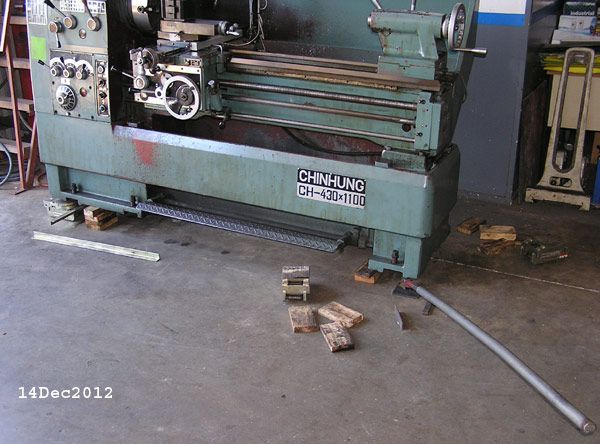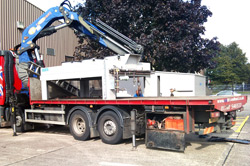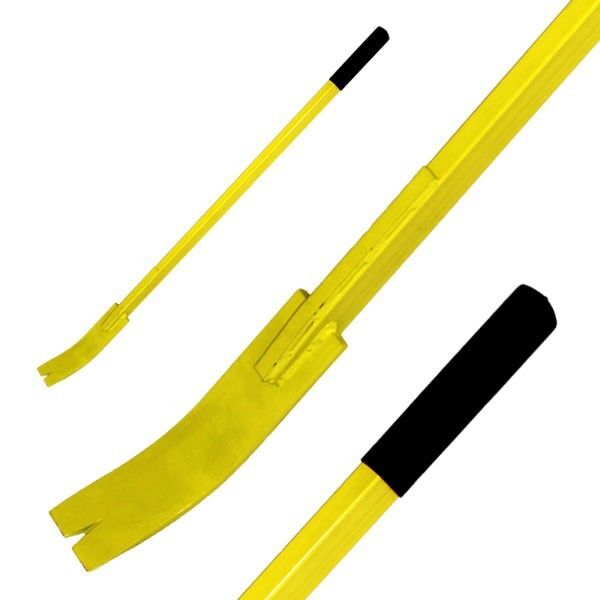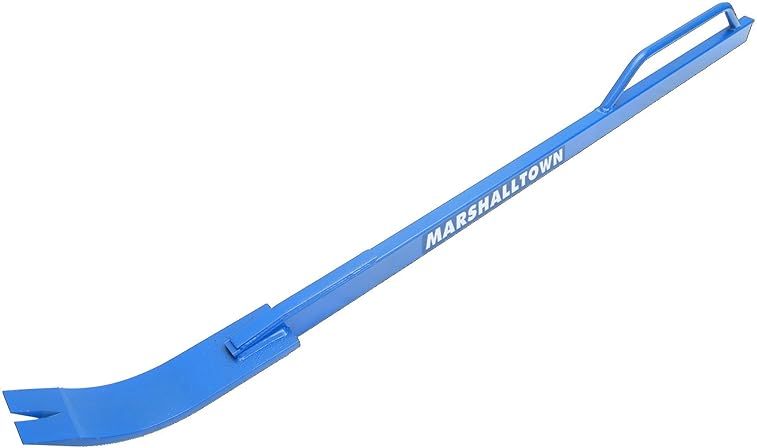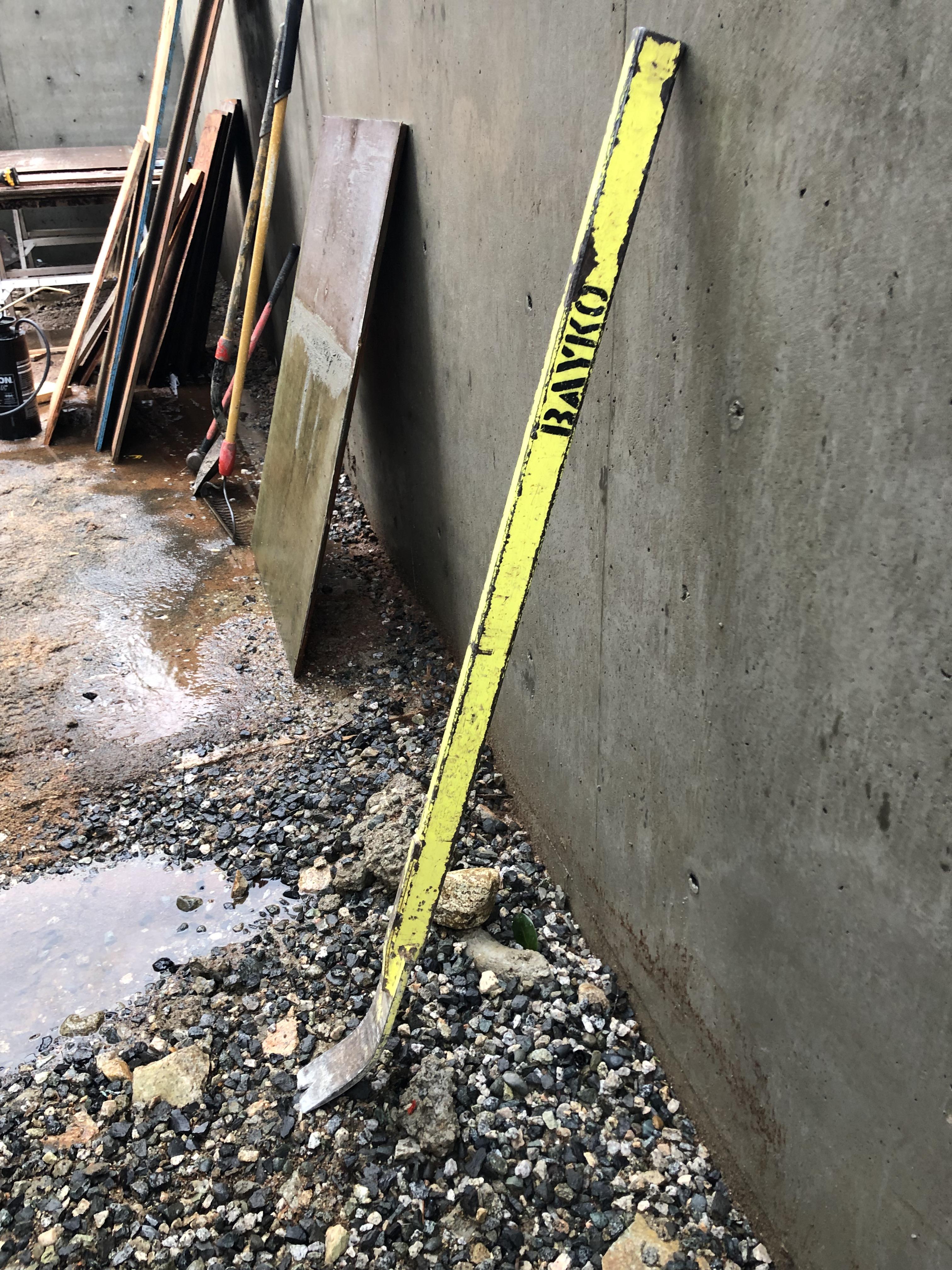I'm no expert in any way on moving large machines like your photos. I helped the millwright that I hired to move a large lathe I purchased, into my shop. Also reading other threads about machine movement; you need to have machine skates. These are low profile rollers that the machine is placed on. These rollers typically are a minimum of 4 wheels, with a rotating pad on top. The rollers can be rotated as the machine is move to steer it around corners and such. To lift the machine they have a toe jack, as the ends of the machine have recesses that this jack uses to lift or lower for the skate wheel insertion.
I've copied photos to show the idea. You should be able to rent these locally.
One last thing, do everything slow, it is very easy to topple a machine over and crunch it to junk.
My lathe is very small compare to your photos, and it weighs 3 tons (5800lbs.).
Also once you get the machine lifted, there are leveling screws that have a pad on the floor. Retract these jack screws so it is above the bottom of the machine (or remove them), and pick up the pads from the floor.
Also note on the side of the machines, are round holes. These go all the way through to the other side. You insert the largest diameter steel round that fits in these and that provides the location for attaching the lifting straps your crane will use to lift. They should be long enough so the strap will not slide off during lifting. The diameter is important so it does not bend and dump the machine while lifting. I see these holes on 2 of the machines. Using these will keep the machine level horizontally during lifting. If you can find the manuals for these machines either still at this location or from the internet, that will give instructions on lifting safely. Never put a lifting strap around the machine chuck spindle (millwright's do this, but the spindle can be bent from this). I assume you want the machines to still be sellable after the move.

















